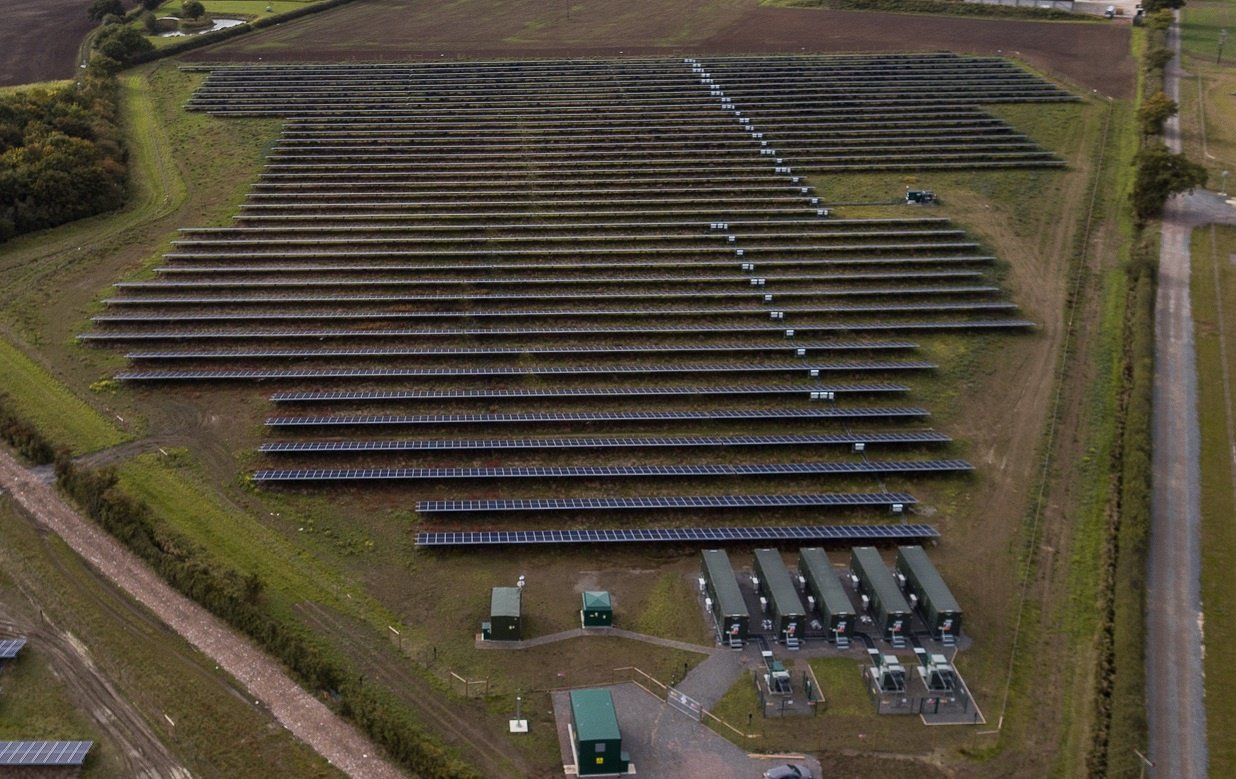Renewables have overtaken fossil fuels in Europe in what is being hailed as a “landmark” moment.
According to Ember and Agora Energiewende’s fifth annual report tracking Europe’s electricity transition, 2020 officially saw renewables generate 38.2% of the continent’s energy mix, versus 36.97% from fossil fuels.
This was a growth of about 4% compared to 2019 for renewables, with wind generation rising by 9% and solar generation by 15% in 2020. Since 2015, these two technologies have been responsible for all renewable growth in Europe as bioenergy growth has stalled and hydro generation remains unchanged.
Renewables officially overtook fossil fuel generation in three separate countries as well in 2020, with the UK – which had its greenest year ever with numerous renewables records set – Germany and Spain all celebrating the milestone.
However, The European Power Sector in 2020: Up-to-Date Analysis on the Electricity Transition report does note that while the growth in renewables is important it still remains too slow. Wind and solar generation must nearly triple if Europe is to reach its 55% greenhouse gas reductions by 2030 target and hit climate neutrality by 2050.
Between 2010-2020 the average growth in renewables has been 38TWh, but this needs to grow to 100TWh per year over the next decade if targets are to be met. Last year, 51TWh were added however, well above the average for the previous period.
European nations must up their energy plans in coming years, with current plans only adding up to about 72TWh of new wind and solar per year the report noted.
Dave Jones, senior electricity analyst at Ember, said it was significant that Europe had reached this “landmark moment” at the beginning of what will be a decade of global climate action.
“Rapid growth in wind and solar has forced coal into decline but this is just the beginning. Europe is relying on wind and solar to ensure not only coal is phased out by 2030, but also to phase out gas generation, replace closing nuclear power plants, and to meet rising electricity demand from electric cars, heat pumps and electrolysers.”
Coal has seen the most dramatic drop in generation, falling 20% in 2020 and having halved since 2015. Britain saw its longest period without coal on the grid since the industrial revolution, running for nearly 68 days without the fossil fuel between 10 April and 16 June 2020.
Half of the drop in coal usage in 2020 was driven by lower power demand due to the COVID-19 pandemic, with the remaining drop caused by additional wind and solar power.
Gas also fell but to a much lesser extent, with generation from gas dropping 4% as a robust carbon price kept it cheap. Additionally a drop in nuclear power generation kept gas on the grid.
Nuclear generation fell by 10% in 2020, which is probably the largest fall ever, noted Ember. In the UK, the fleet is diminishing with all but one of its current 15 nuclear reactors set to shutter by 2030.
Read more: CURRENT




